Freshwater Pearls: Gemstone and Jewelry
For centuries, pearls have been one of the most prized gemstones in the world. They are known for their beauty, durability, and rarity. While natural pearls were highly valued, the advent of cultured pearls made them more accessible and affordable for everyone. One of the most popular types of pearls today is freshwater pearls. These pearls are grown in lakes, rivers, and other bodies of freshwater, and are known for their unique shapes, colors, and affordability. In this article, we will explore the beauty and allure of freshwater pearls – from their history to their current popularity, and how they are used in the creation of jewelry.
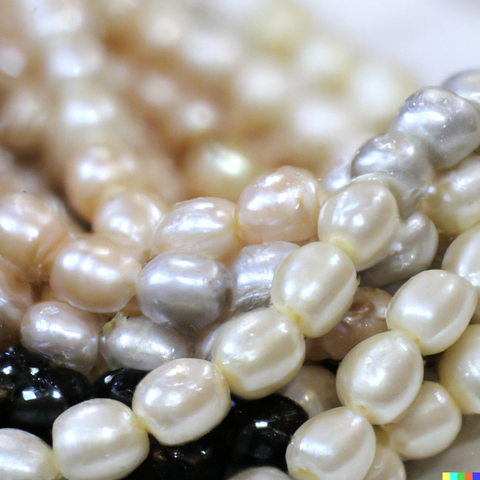
What Are Freshwater Pearls?
Freshwater pearls are formed inside mussels that live in rivers, lakes, and other freshwater bodies. Unlike saltwater pearls, which are usually perfectly round, freshwater pearls come in a variety of shapes, including oval, button, teardrop, and baroque.
Freshwater pearls are typically smaller in size than saltwater pearls, ranging anywhere from 2mm to 12mm in diameter. Freshwater pearls are also known for their attractive luster, which is created when light is reflected off the layers of nacre (a substance secreted by the mussel to protect its soft tissue) that make up the pearl.
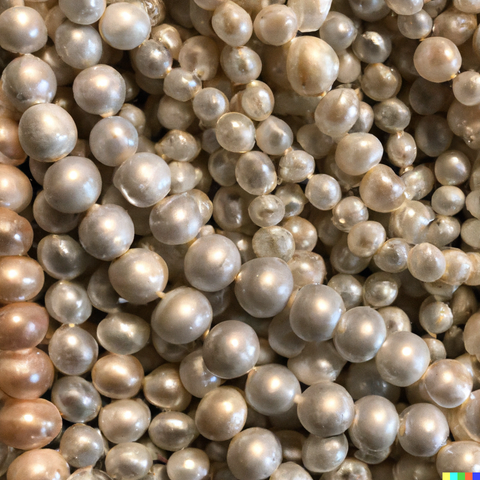
History of Freshwater Pearls:
Freshwater pearls have a long and rich history, dating back thousands of years. In China, freshwater pearls were highly valued and were used for a variety of purposes. They were used as currency, as decorative items, and even as medicine. The first reference to freshwater pearls dates back to the 13th century. Marco Polo, the Italian traveler and explorer, is said to have brought back pearls from his travels to China.
In the 18th century, freshwater pearls became popular in Europe, particularly in France, where they were used to create exquisite jewelry pieces for royalty. In the late 1800s, freshwater pearls were also discovered in the United States, specifically in the Tennessee River. These pearls were known for their unique shapes and colors, and soon became popular among American jewelers.
The popularity of freshwater pearls continued to grow in the 20th century, as pearl culturing techniques improved and freshwater pearls became more affordable. Today, freshwater pearls are popular all over the world and are used in a wide variety of jewelry, from classic pearl necklaces to trendy and unique pieces.
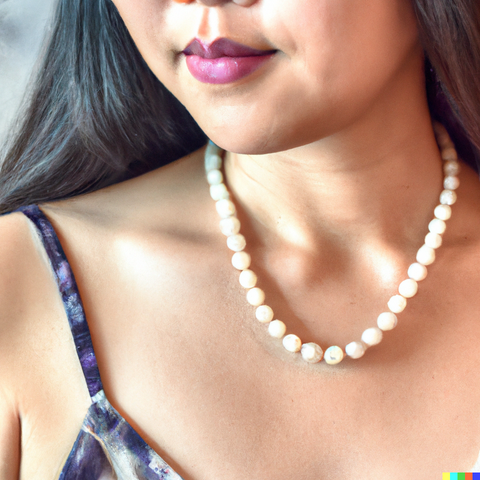
Types of Freshwater Pearls:
There are several types of freshwater pearls, each with their own unique characteristics.
- Biwa Pearls: Biwa pearls are named after Lake Biwa in Japan, where they were first discovered. These pearls are known for their elongated shape and unique metallic luster. Biwa pearls come in a variety of colors, including white, pink, lavender, and black.
- Edison Pearls: Edison pearls are a type of freshwater pearl that were developed in China in the 2010s. They are known for their large size, high luster, and bright color. Edison pearls come in a variety of hues, including white, pink, and purple.
- Keshi Pearls: Keshi pearls are formed accidentally when a mussel rejects the implanted nucleus during the culturing process. These pearls are small and irregular in shape, and are known for their unique and organic look.
- Round Pearls: Despite their name, not all freshwater pearls are perfectly round. However, there are still some freshwater pearls that come very close to being perfectly round. These pearls are highly valued and are usually more expensive than other shapes of freshwater pearls.
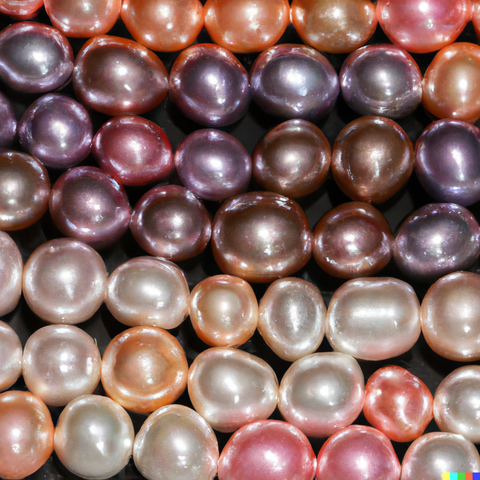
Uses of Freshwater Pearls in Jewelry:
Freshwater pearls have long been a popular choice for jewelry designers and lovers alike. They can be used in a wide variety of jewelry pieces, including earrings, necklaces, bracelets, and rings. The unique shapes and colors of freshwater pearls make them flexible in their use, and they can be used in both classic and modern jewelry designs. Freshwater pearl necklaces are perhaps the most iconic use of freshwater pearls in jewelry.
Classic and timeless, they come in a range of styles, from single strand to multi-strand. Pearl necklaces are particularly popular for weddings, adding a touch of elegance and glamour to any bride's outfit. Freshwater pearls are also commonly used in bracelet designs. A delicate strand of pearls can add a touch of sophistication and class to any outfit, while a more dramatic look can be achieved with chunkier bracelets featuring larger pearls.
Earrings are another popular use of freshwater pearls in jewelry. Simple pearl studs are a classic choice, but there are also many other designs available, from dangle and drop earrings to hoop earrings featuring pearls. Freshwater pearls can also be used in rings, either as a centerpiece or as accent stones. They are particularly popular in vintage and antique style rings, adding a touch of old-world charm to any outfit.
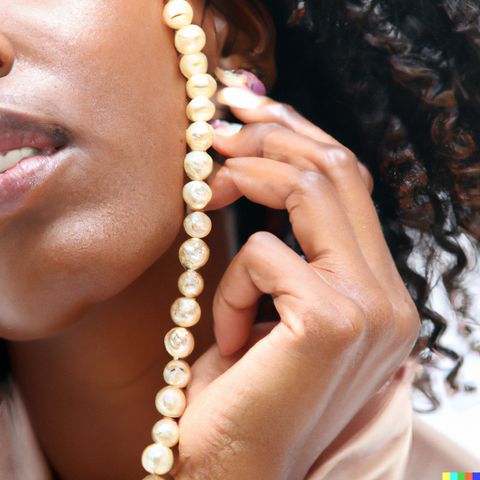
Tips for Buying Freshwater Pearls:
When it comes to buying freshwater pearls, there are a few things to keep in mind. While freshwater pearls are often less expensive than saltwater pearls, there are still quality differences that can affect their price and value.
- Luster: Luster refers to the shininess and reflective quality of the pearl. High-quality freshwater pearls will have a bright, reflective luster, while lower-quality pearls will appear dull and lackluster.
- Shape: Freshwater pearls come in a wide range of shapes, from round to oval to baroque. While round pearls are typically more valuable, other shapes can be just as beautiful and unique.
- Color: Freshwater pearls come in a range of colors, from white to pink to black. While color is largely a matter of personal preference, pearls with uniform color and saturation are generally more valuable.
- Surface Quality: Freshwater pearls are formed by mussels, which can leave small blemishes and imperfections on the surface of the pearl. High-quality pearls will have fewer visible imperfections, while lower-quality pearls may have visible ridges, bumps, or pits.

Freshwater pearls are a versatile and beautiful gemstone, with a rich history and enduring popularity. Whether you opt for a classic pearl necklace or a more modern, unique design, freshwater pearls are sure to add a touch of elegance and glamour to any outfit. With so many different shapes, colors, and sizes to choose from, there is a freshwater pearl jewelry piece for everyone. It is important to keep in mind factors like luster, shape, color, and surface quality when choosing your freshwater pearls so you can be sure you are getting the best value and quality for your investment.
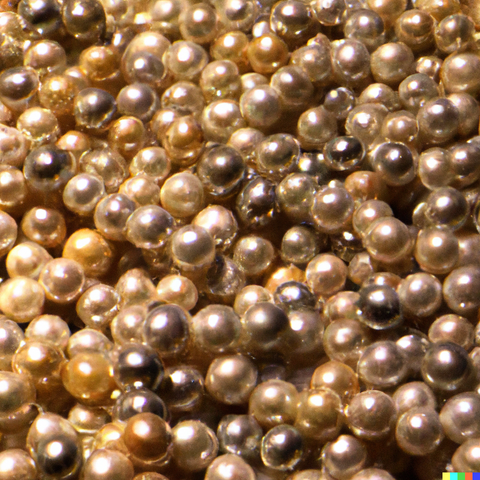



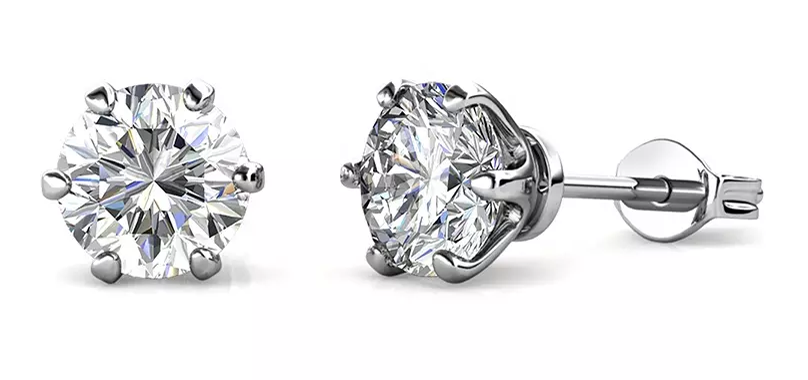
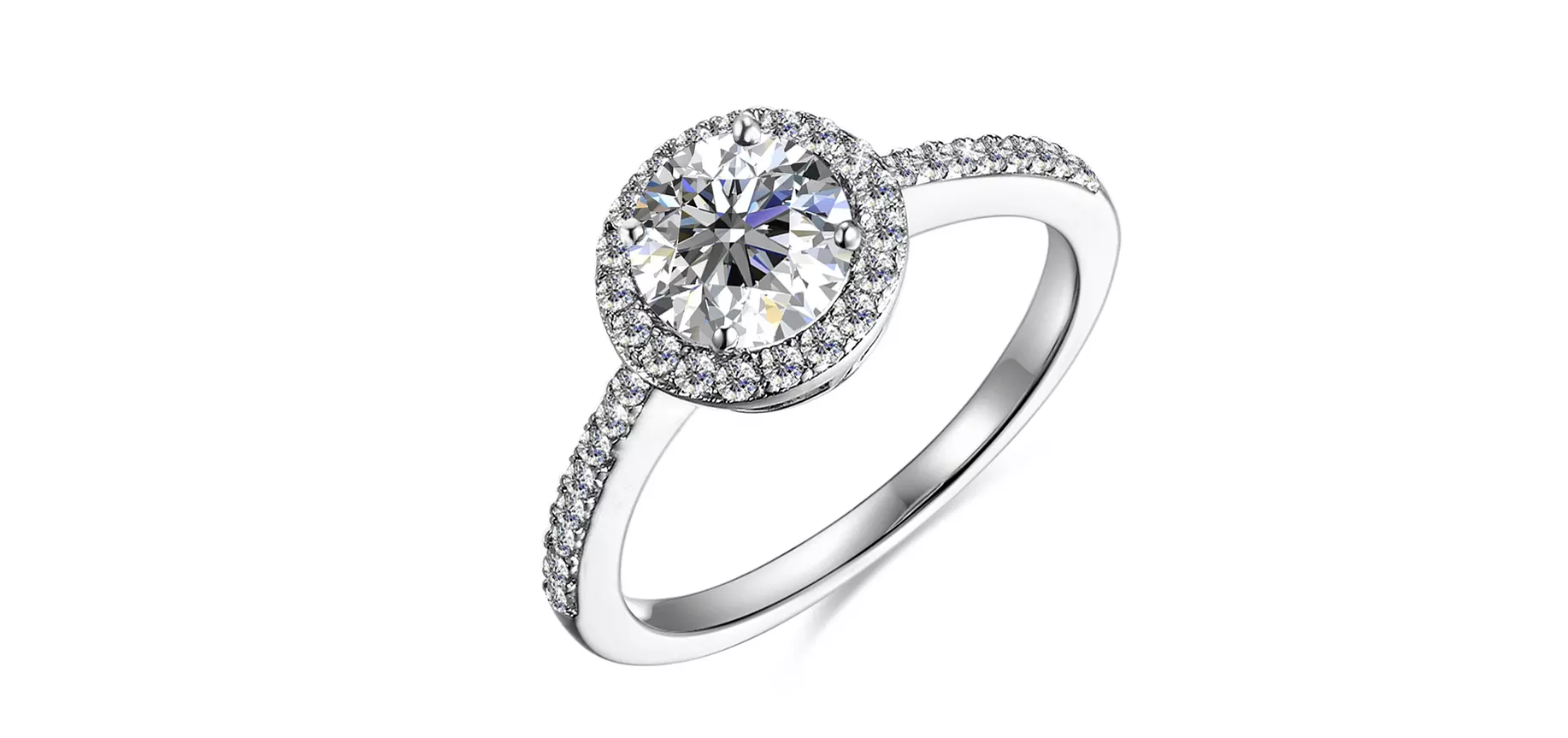
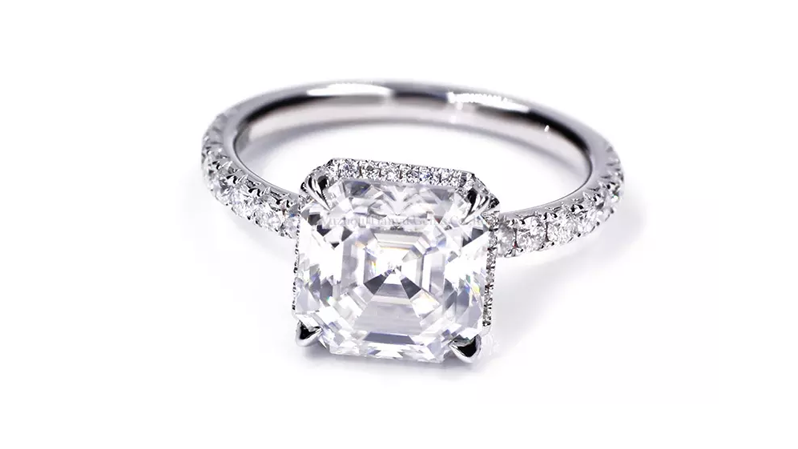
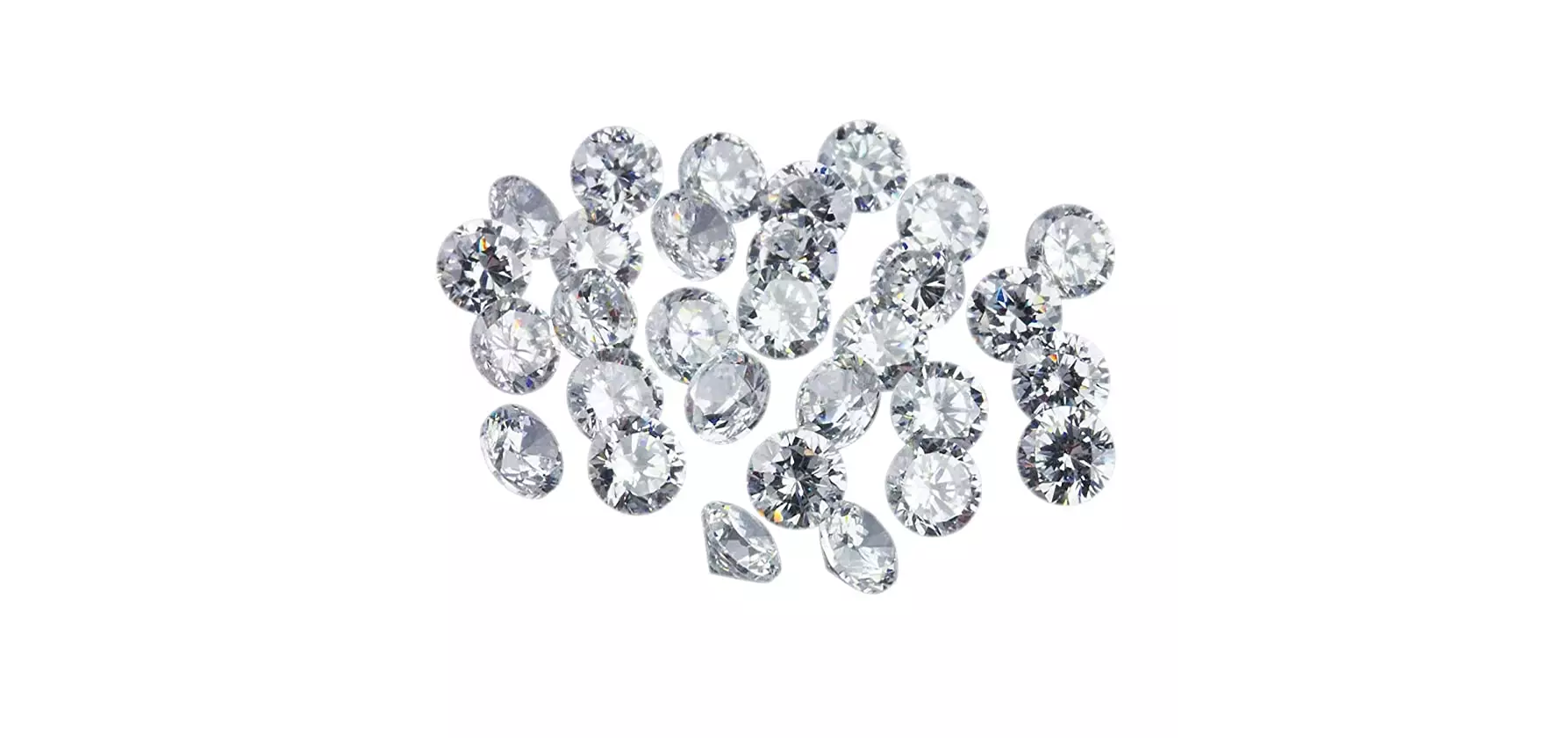
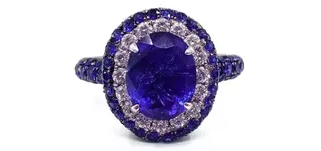
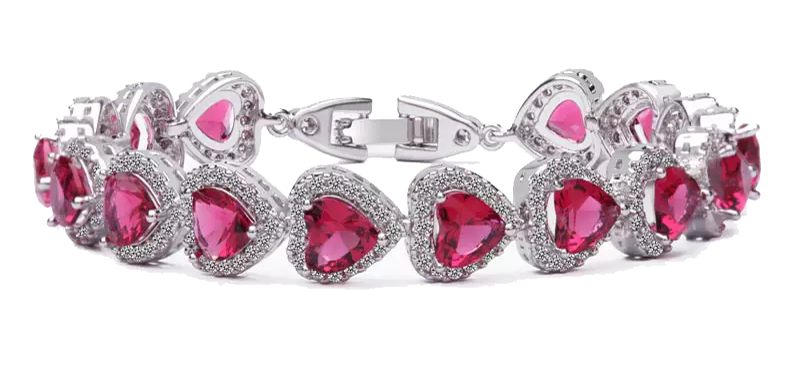
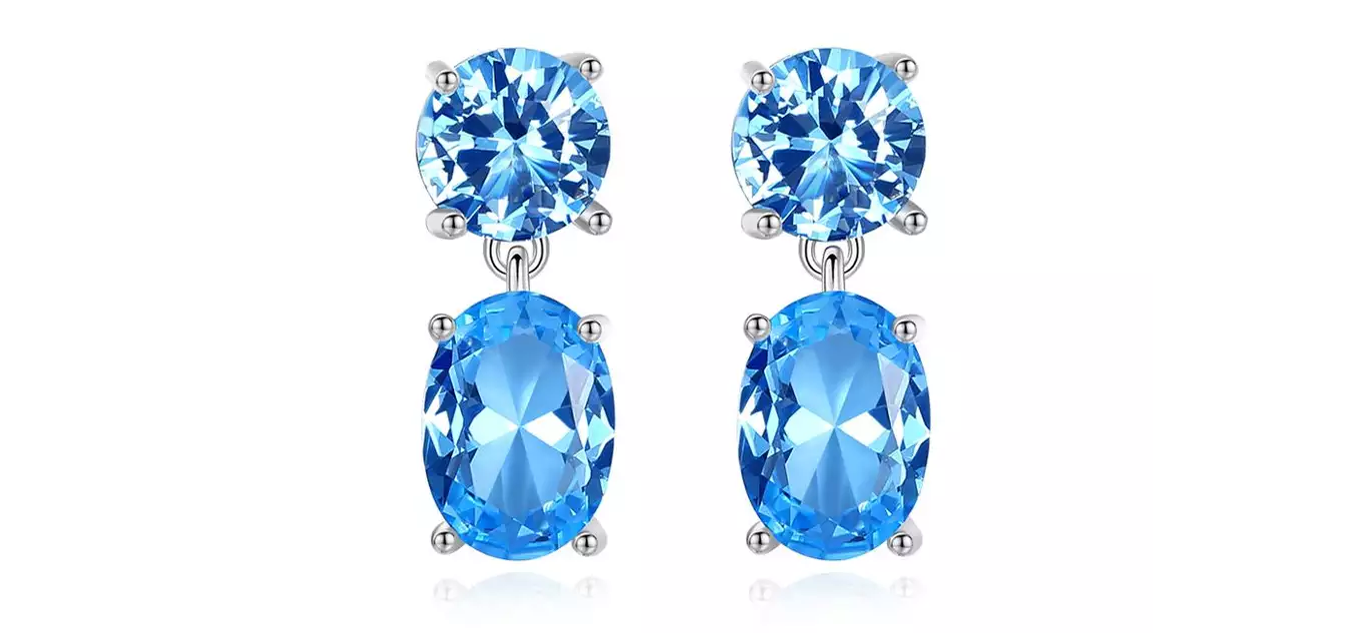
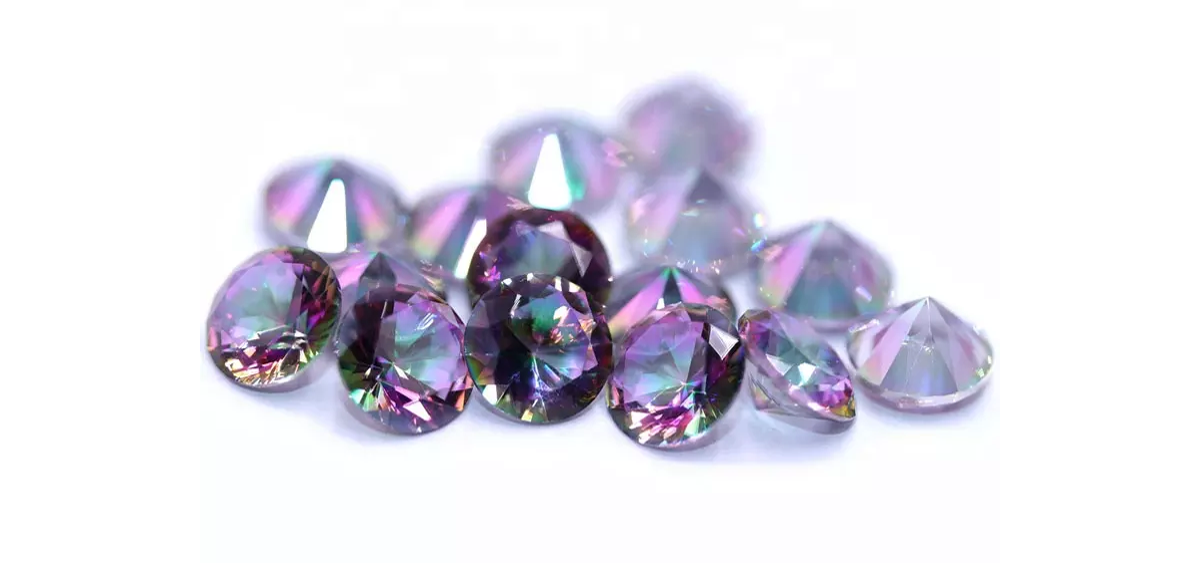
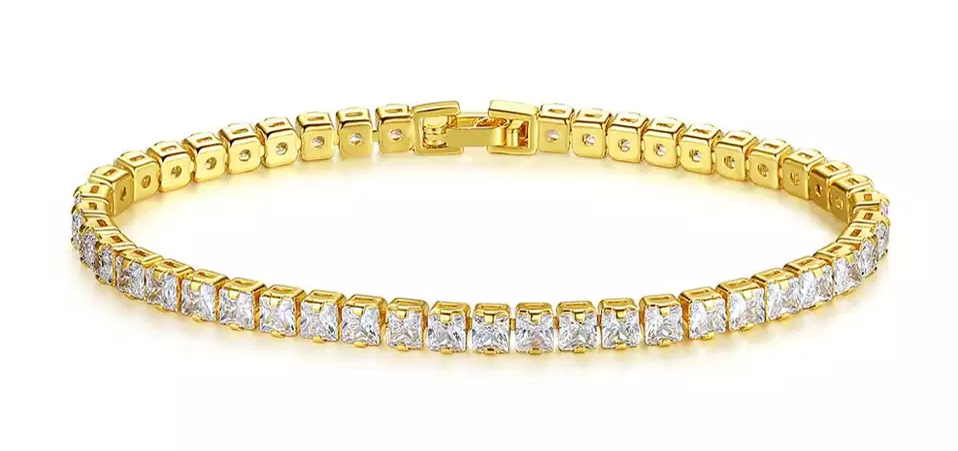
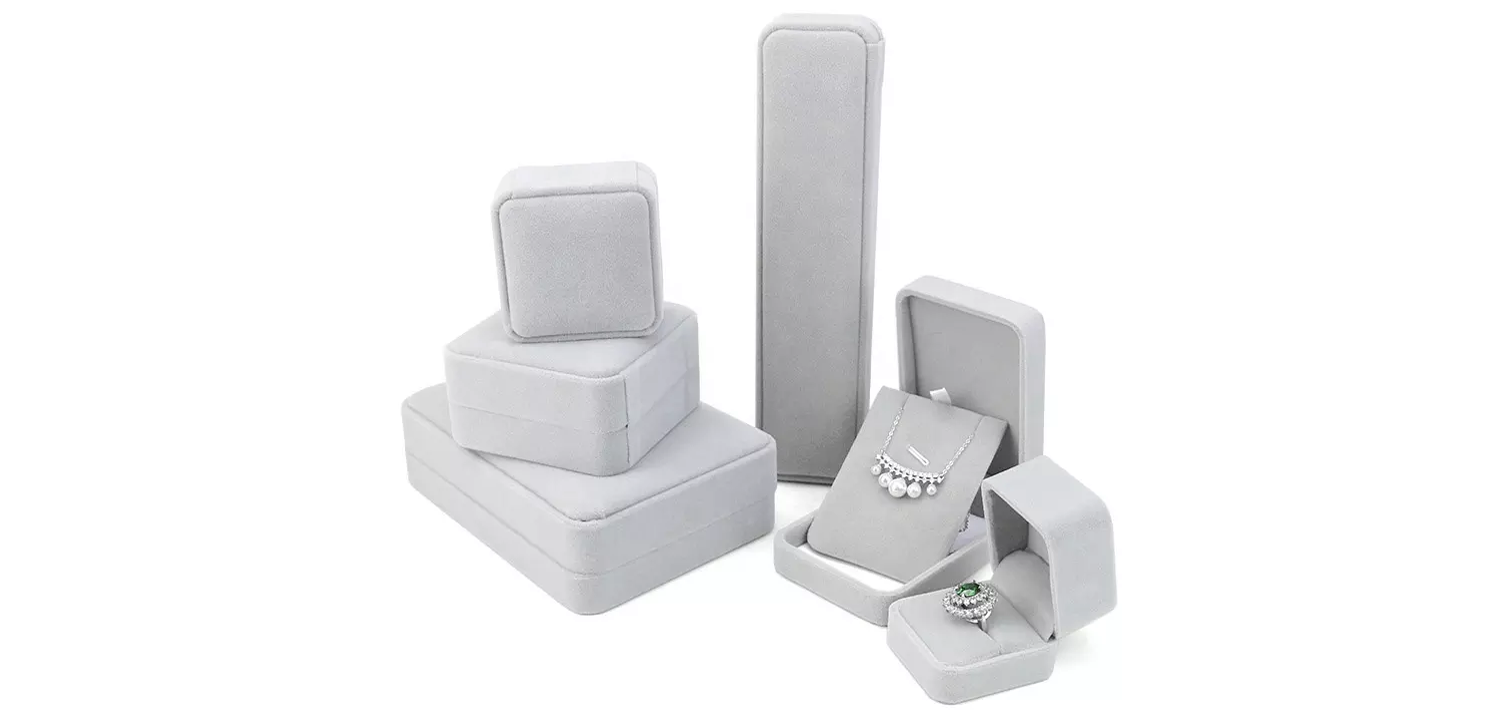
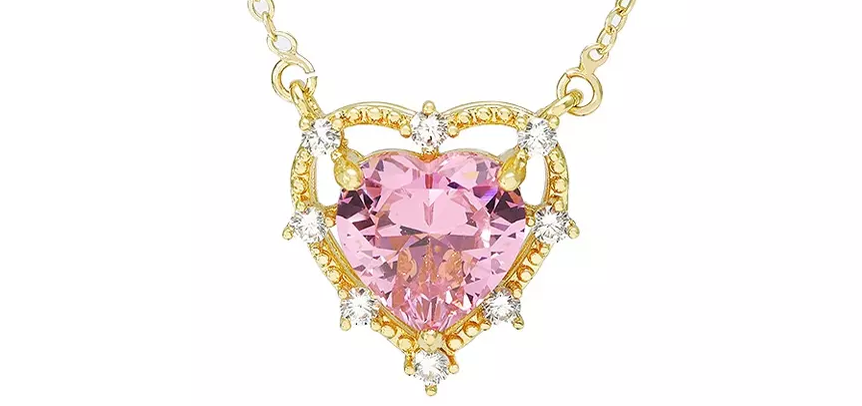
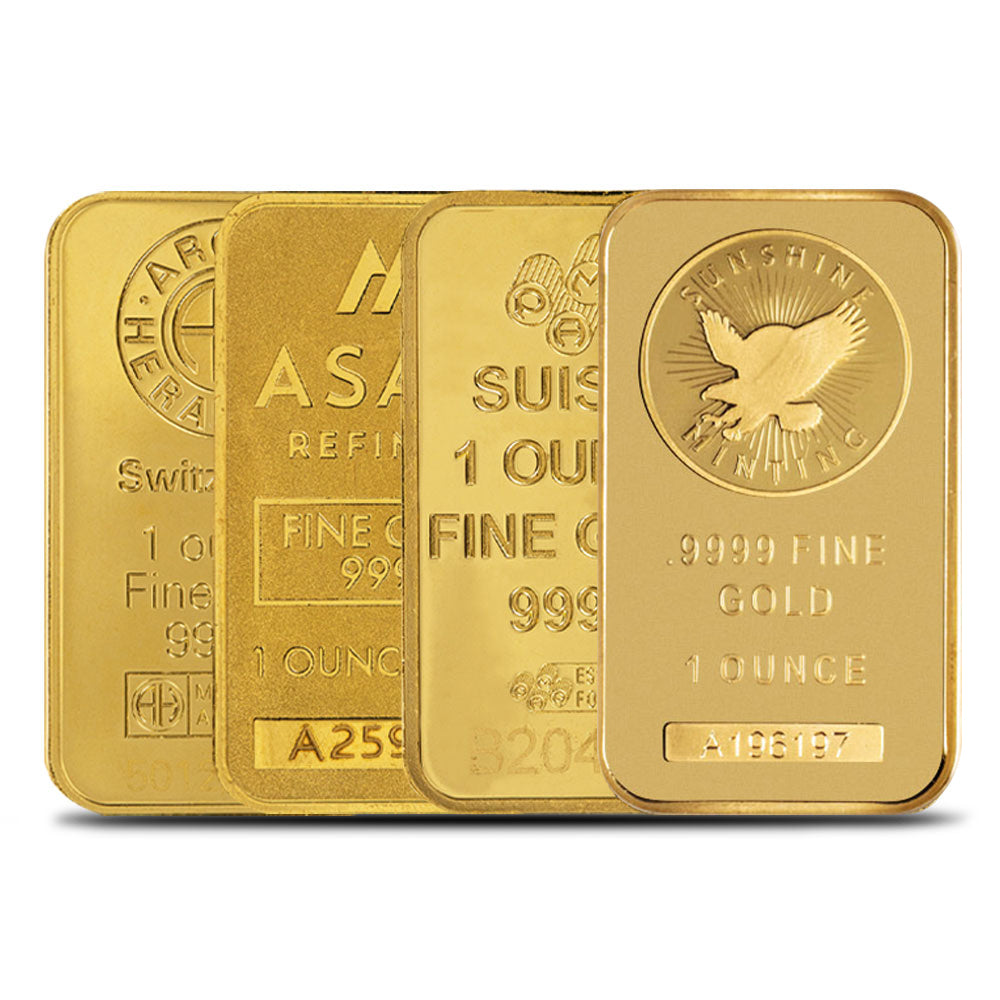
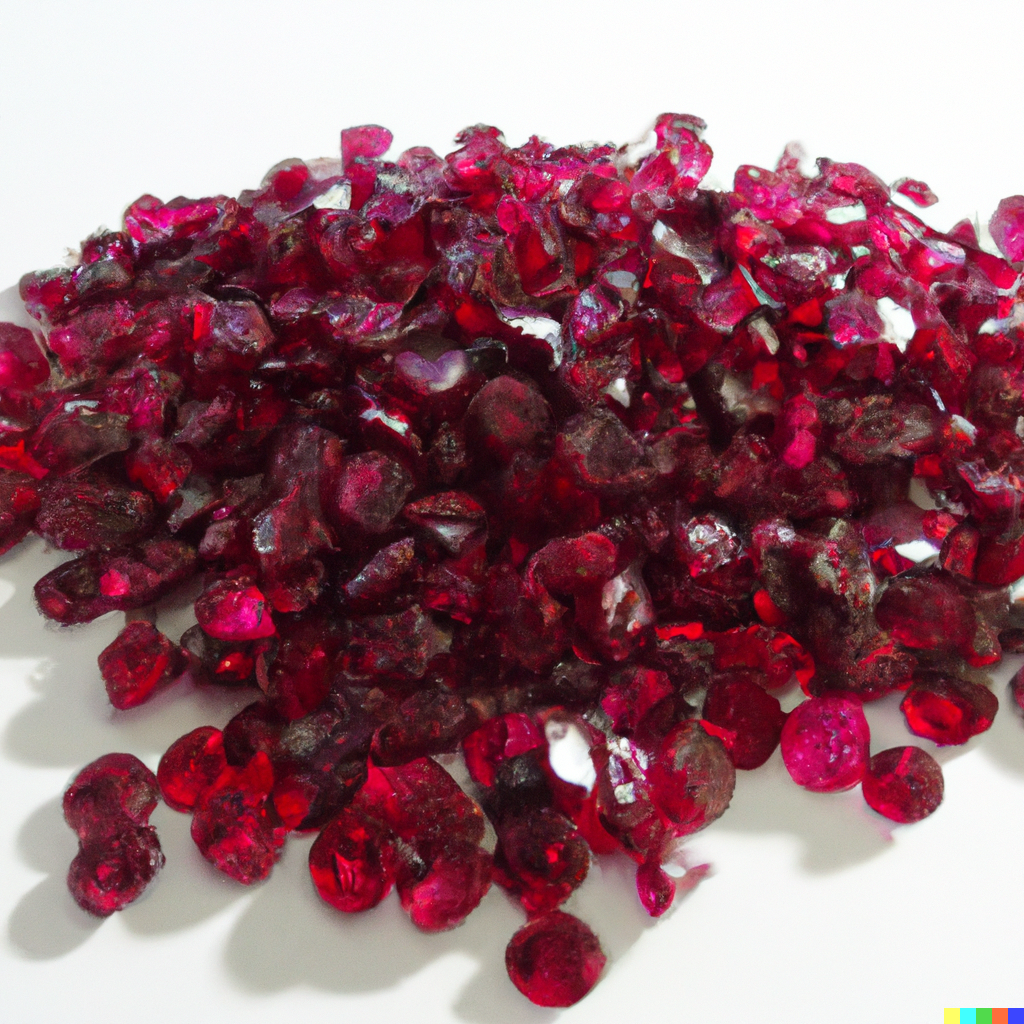
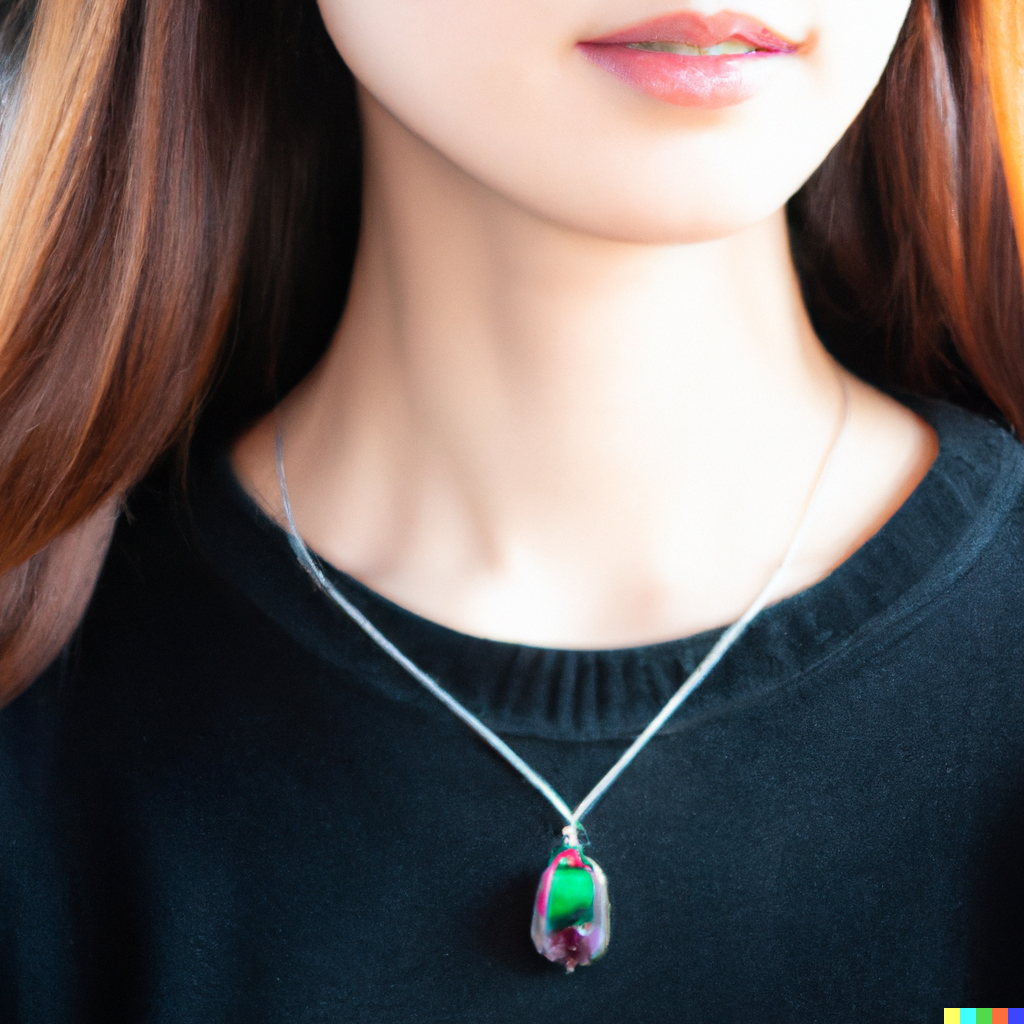
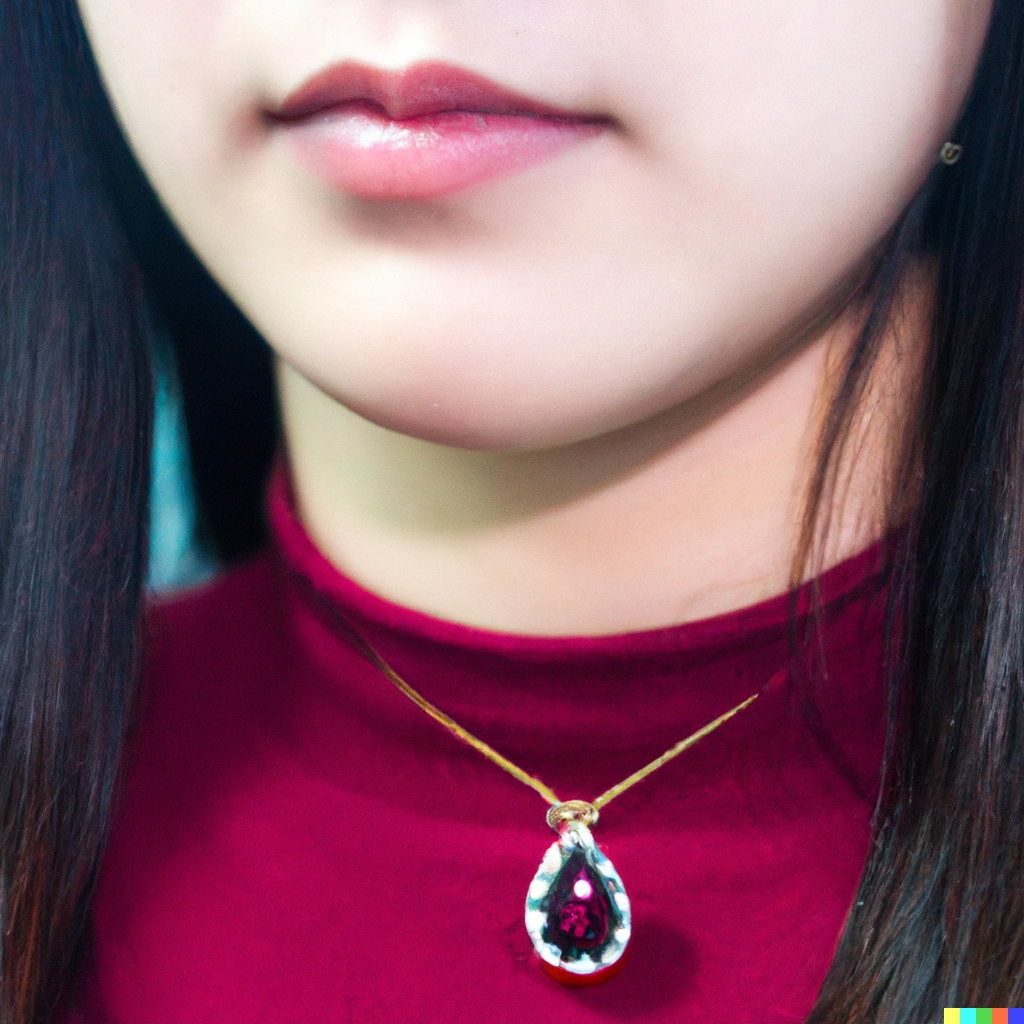
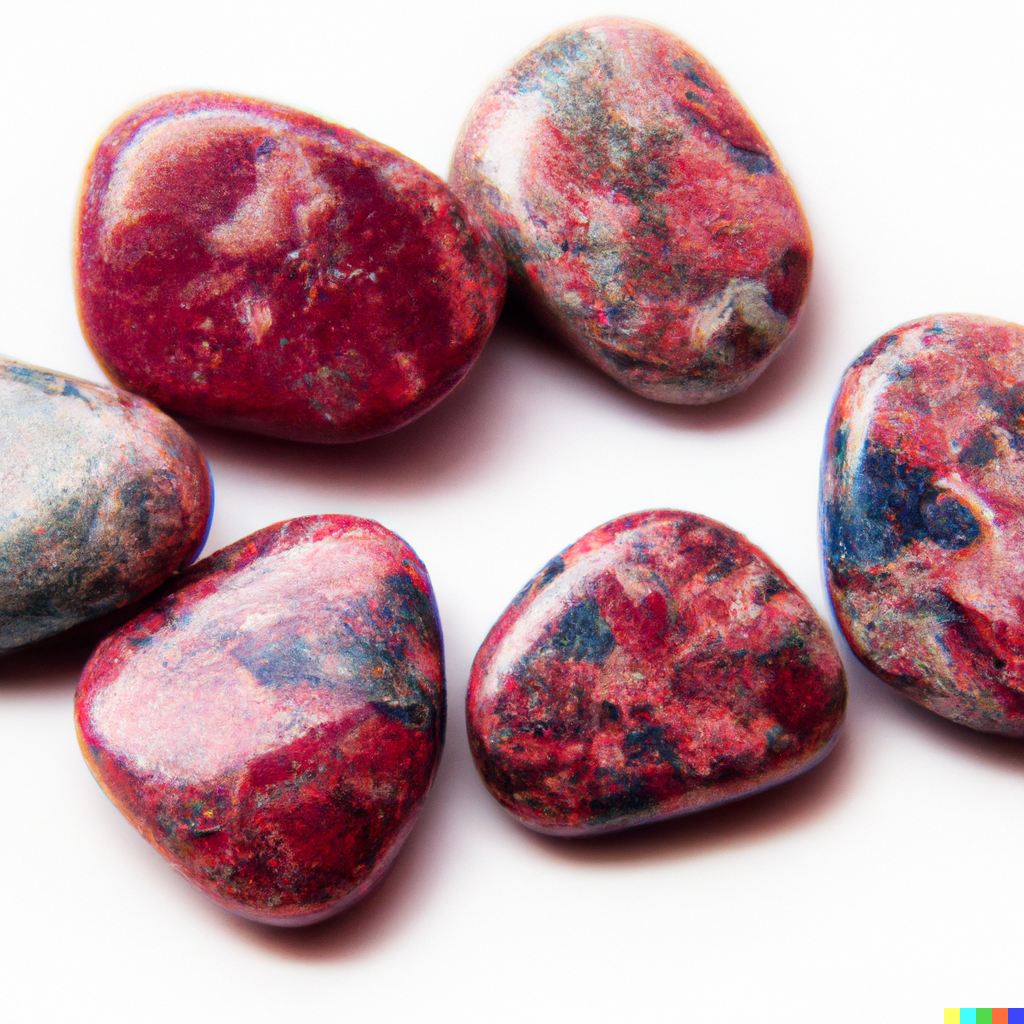
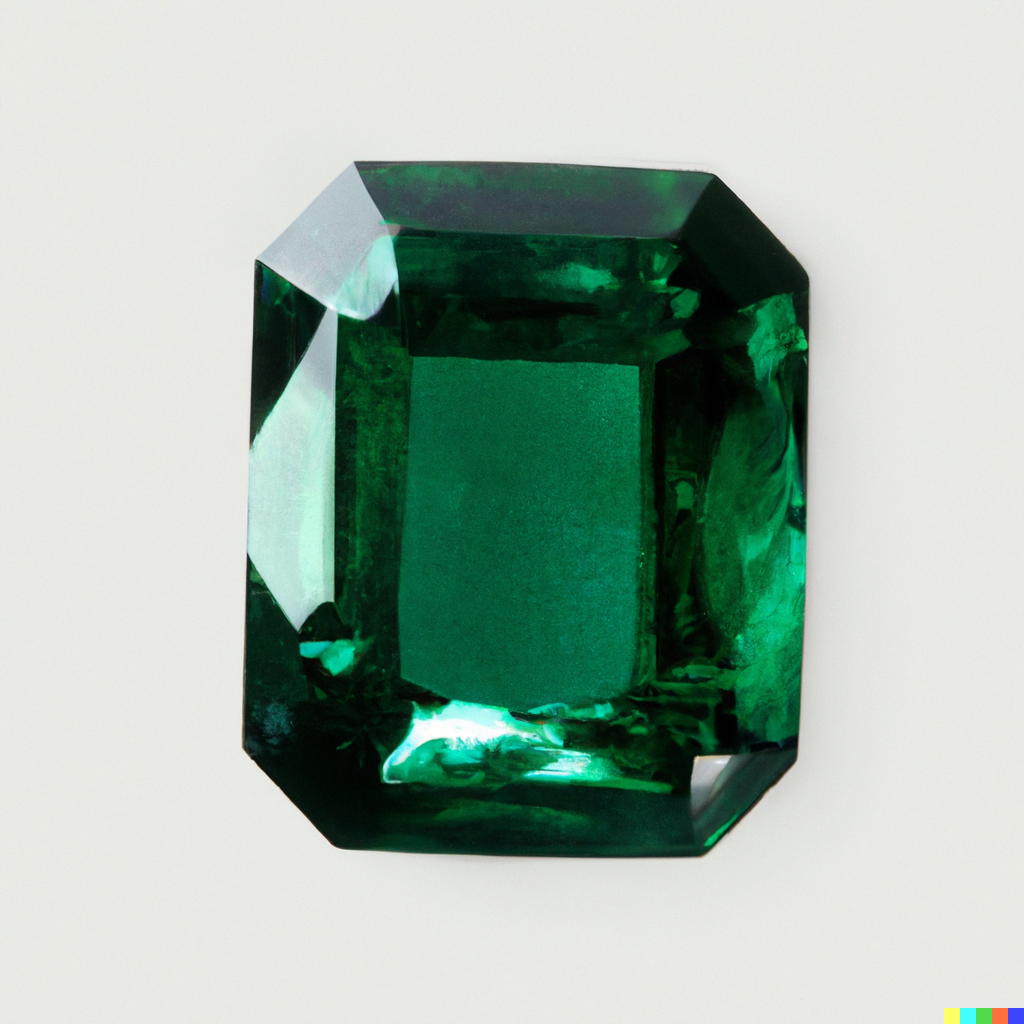
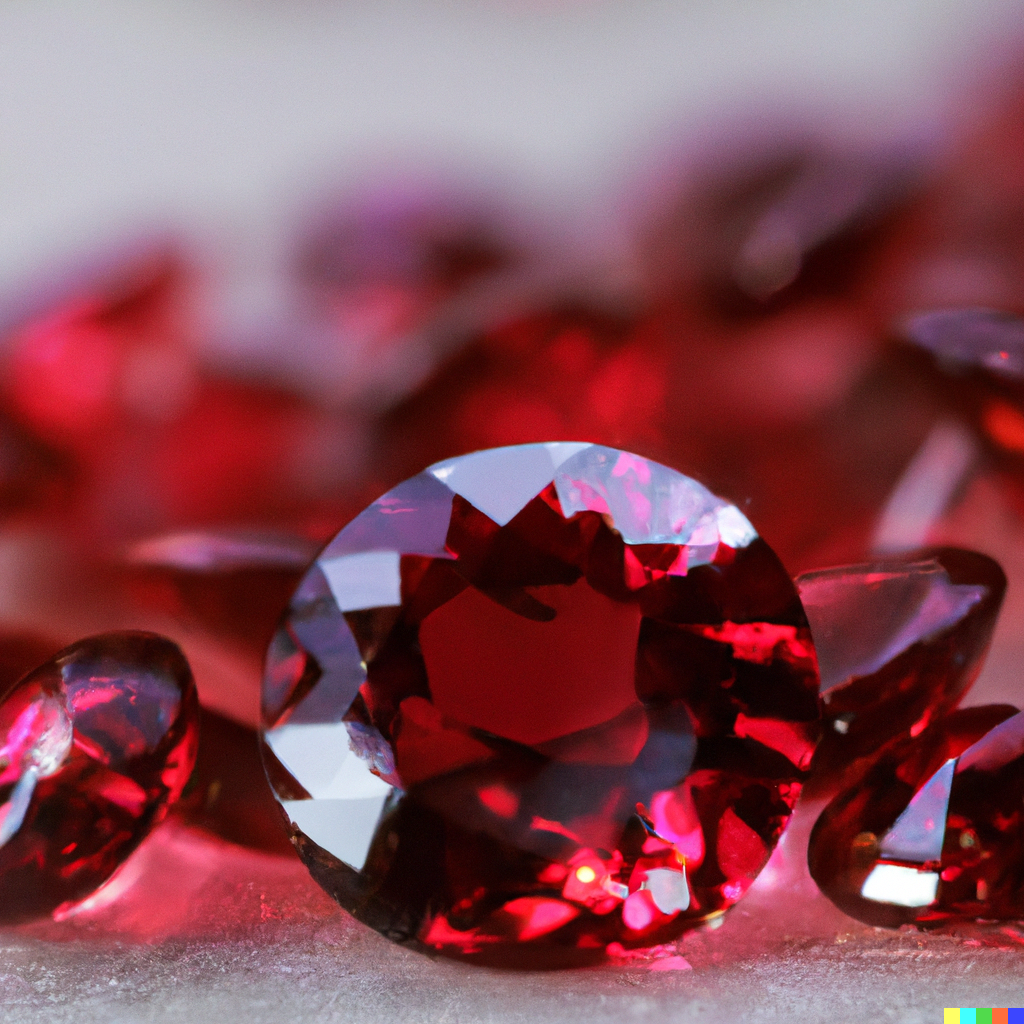
Leave a comment